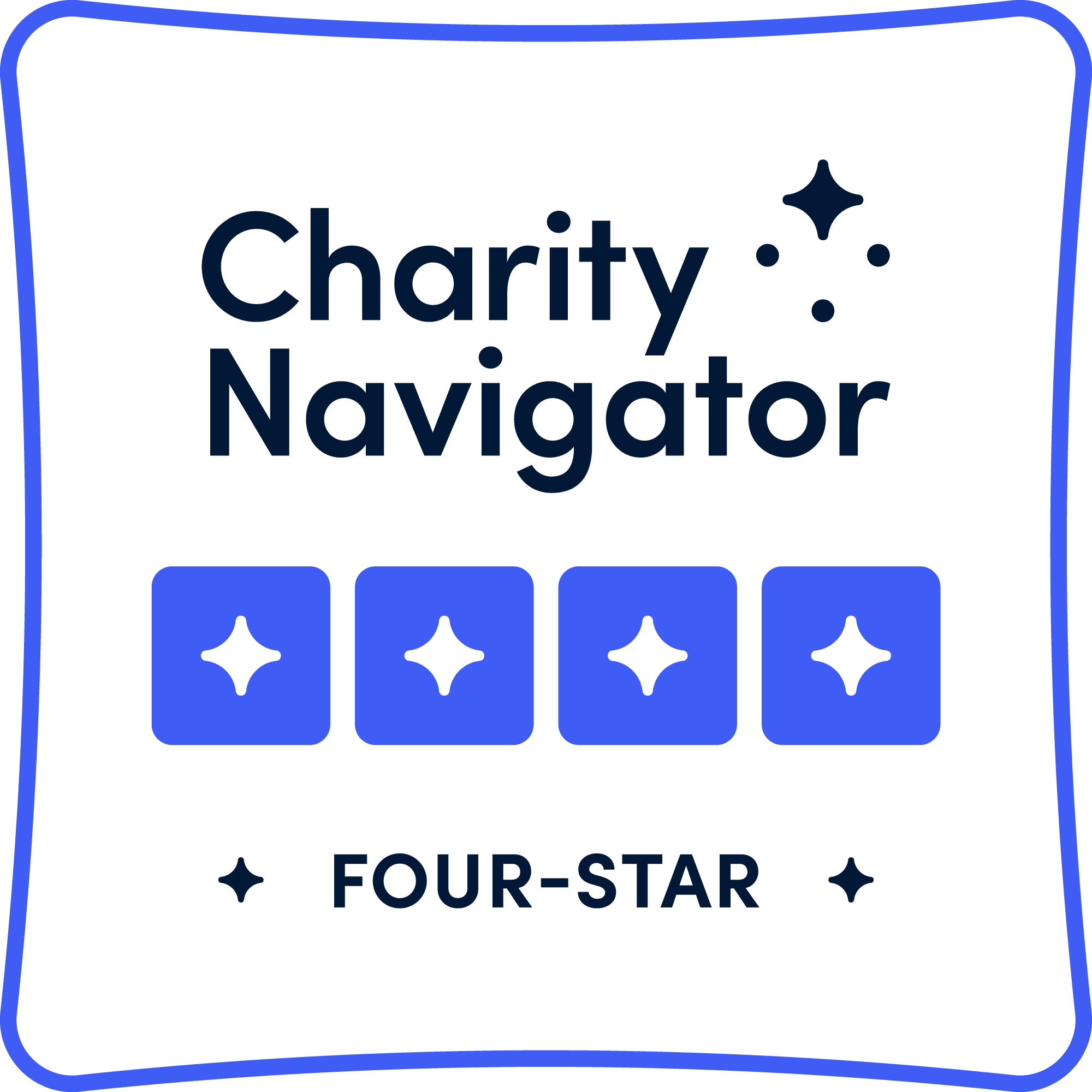Adverse Outcome Pathways: Path to Improved Chemical Tests without Animals
New Report Outlines Steps for AOP Development and Regulatory Acceptance

WASHINGTON—A new paper published in Regulatory Toxicology and Pharmacology, co-authored by the Physicians Committee for Responsible Medicine, calls for ongoing development and regulatory acceptance of adverse outcome pathways (AOPs), a framework for improving chemical hazard assessment by prioritizing modern test methods that reduce animal use.
The paper is a scientific report from a September 2014 workshop titled Adverse Outcome Pathways: From Research to Regulation, which was co-organized by Kristie Sullivan, M.P.H., Physicians Committee director of regulatory testing. Sullivan also chaired a breakout group at the meeting and co-authored the workshop report.
“The new catchphrase for cutting-edge chemical testing among toxicologists is adverse outcome pathways,” says Sullivan. “Our goal is to educate health professionals—from clinicians to chemists—about this groundbreaking chemical hazard assessment tool to advance its development and use.”
An AOP is an organized collection of existing data on how exposure to a particular chemical may trigger a series of biological changes in the body resulting in illness or injury to an individual (human or animal) or population.
Each AOP outlines a process that includes:
- A Molecular Initiating Event (MIE): The initial molecular event that occurs in the body after exposure to a chemical
- Key Events (KEs): The progression of events occurring in the body following the MIE, such as cell damage and changes in organ function
- Adverse Outcomes (AO): Diseases, extinction of a species
A single chemical may set several AOPs in motion, each ending with different AO—depending on the dose or other factors, like the age or health status of the organism. AOPs may also overlap with each other. This complexity has the potential to better protect people, but also requires building a network of scientific information.
Scientists can then use the AOP to identify specific KEs that are most likely to lead to a particular AO. A chemical can then be tested for these KEs. Defining which KEs to test for allows the scientists to choose the most needed tests, which can increase testing speed, lower costs, and reduce animal testing.
The three-day meeting, which was at the National Institutes of Health in Bethesda, Md., and attended by 120 scientists and viewed remotely by 350 more participants, included a demonstration of the AOP Wiki and Effectopedia and discussions on AOP case studies, AOPs in development, and the process of regulatory acceptance.
AOPs are already gaining traction within the global scientific community. The National Institutes of Health’s National Center for Advancing Translational Sciences (NCATS) Tox21 program, which uses high throughput screening (robotics), has provided AOP data by screening more than 10,000 chemicals for 60 different tests. NCATS is also developing an online resource called BioPlanet, which is a collection of approximately 2000 human-relevant pathways. The Environmental Protection Agency is also using data from its Toxicity Forecaster (ToxCastTM) robotic testing platform to create AOPs.
The Organisation for Economic Cooperation and Development (OECD), which sets chemical testing guidelines worldwide, is developing and recording a network of AOPs using crowdsourced information technology tools including the AOP Wiki and Effectopedia. Physicians Committee scientists have held the secretariat position of the International Council on Animal Protection in OECD Programmes since 2006. Through ICAPO, the Physicians Committee works together with the OECD and other groups to develop and promote the OECD’s AOP program to other scientists throughout the globe. Sullivan has led a team of international experts to develop an AOP that will pave the way for regulatory acceptance of nonanimal respiratory sensitization testing methods.
The Physicians Committee and the Human Toxicology Project Consortium also created an AOP Learning Channel on YouTube.
Other meeting presenters and report authors include experts from the National Institute of Environmental Health Sciences, Integrated Laboratory Systems Inc., the Environmental Protections Agency, the Food and Drug Administration, the ILSI Health and Environmental Sciences Institute, the U.S. Consumer Product Safety Commission, the Dow Chemical Company, and the European Commission.
The meeting concluded with recommendations for increased collaboration—especially in fields outside of toxicology—and for working groups to be established to prioritize and develop AOPs.
Sullivan will present “Introduction to Adverse Outcome Pathways and International Activities Guiding AOP Development,” as part of a continuing education program at the Society of Toxicology 55th Annual Meeting, March 13-17 in New Orleans.
Founded in 1985, the Physicians Committee for Responsible Medicine is a nonprofit organization that promotes preventive medicine, conducts clinical research, and encourages higher standards for ethics and effectiveness in education and research.








